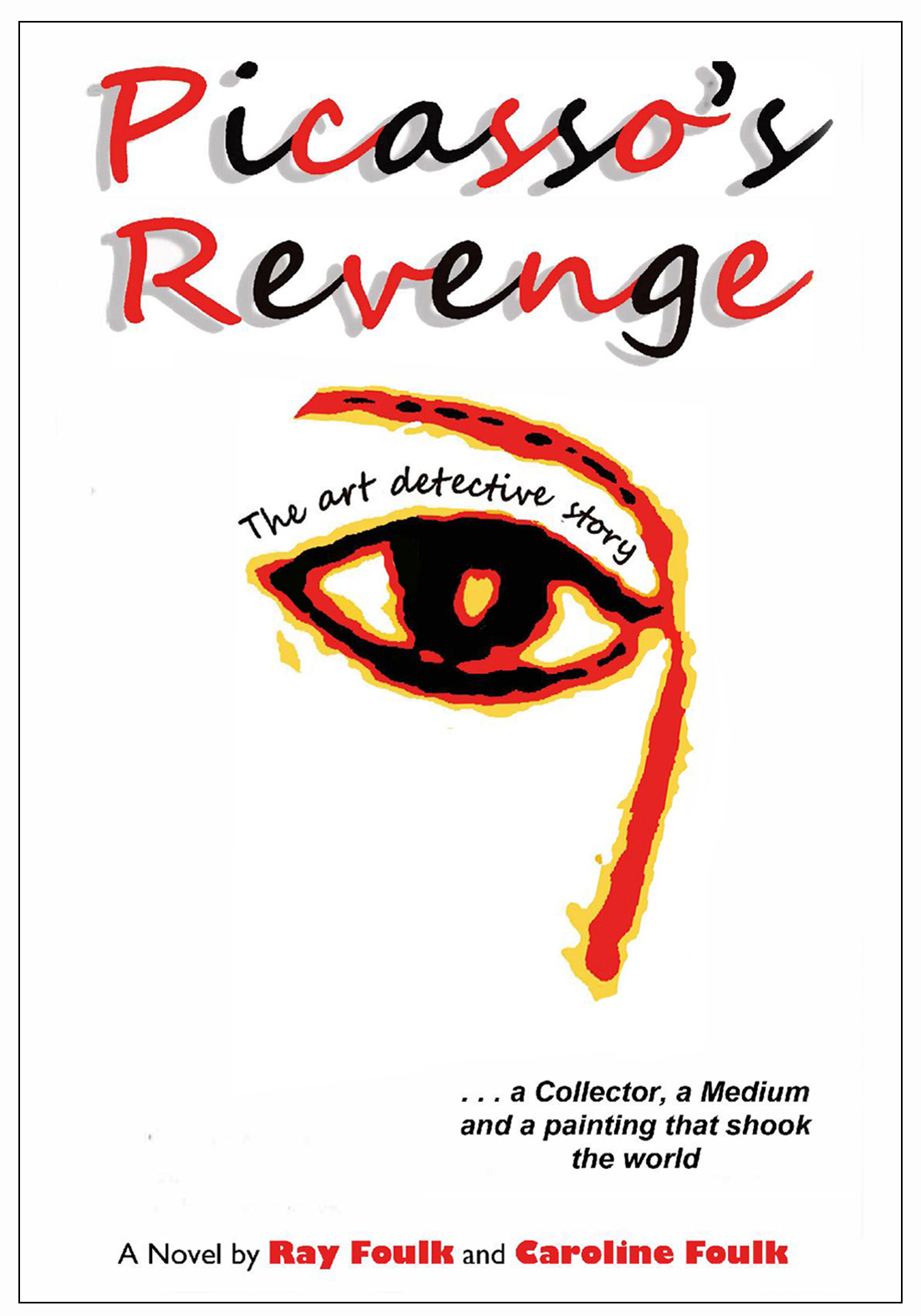
Merrell. 2008. 175p. illus. photogs. bibliog.. index. ISBN 978-1-8589-4437-1. $45.
In this book, which has been described in the publisher’s marketing material as “groundbreaking” and “indispensable,” child psychiatrist and psychoanalytical art historian Grimberg, who has written extensively on the popular Mexican artist Frida Kahlo (1907-1954) [Frida Kahlo (1988); Frida Kahlo: Song of Herself (2008); I Will Never Forget You: Frida Kahlo and Nickolas Muray (2006))], publishes the first detailed examination of the artist’s still lifes. Having completed about 200 paintings during her short lifetime, 80 or so of which were known to be self-portraits, Kahlo also painted a significant number of still lifes, about 40 of which are documented. Here Grimberg closely scrutinizes and interprets Kahlo’s still lifes, some of which only recently have come to light, in terms of her emotional states and relates them to her private feelings or “musings,” positing that the artist oftentimes projected her thoughts onto the objects she was painting. Grimberg maintains that unlike her self-portraits which served as means for representing how Kahlo wanted to be seen and remembered, Kahlo’s still lifes are “hermetic” and “harder to read.” According to the author, Kahlo’s still lifes functioned as “visual representations” of the artist’s “struggle to master the fear of loneliness and of confronting death.” Grimberg concludes that throughout her life, Kahlo suffered from “separation anxiety” and that this disorder is reflected in her life and works. While Grimberg’s interpretations of Kahlo’s still lifes oftentimes are arresting and convincing, his predominantly psychoanalytical viewpoint subverts other methodologies that could have been used to further decode Kahlo’s complex masterpieces. Chronologically organized and written as a scholarly essay rather than a monograph, this well-documented publication with end notes and a bibliography lacks chapter and topic headings that would have aided readers. Also, Grimberg’s psychoanalytical jargon oftentimes remains to be explained. Otherwise beautifully illustrated, presented, and conceived, this expert study provides a strong foundation for futher study and research. Not the last word on its subject, it nevertheless will prove to be significant, useful, and popular. Highly recommended for academic and large public library book collections as well as for students, scholars, museum professional, and other interested readers. Personal copy. Availability:














